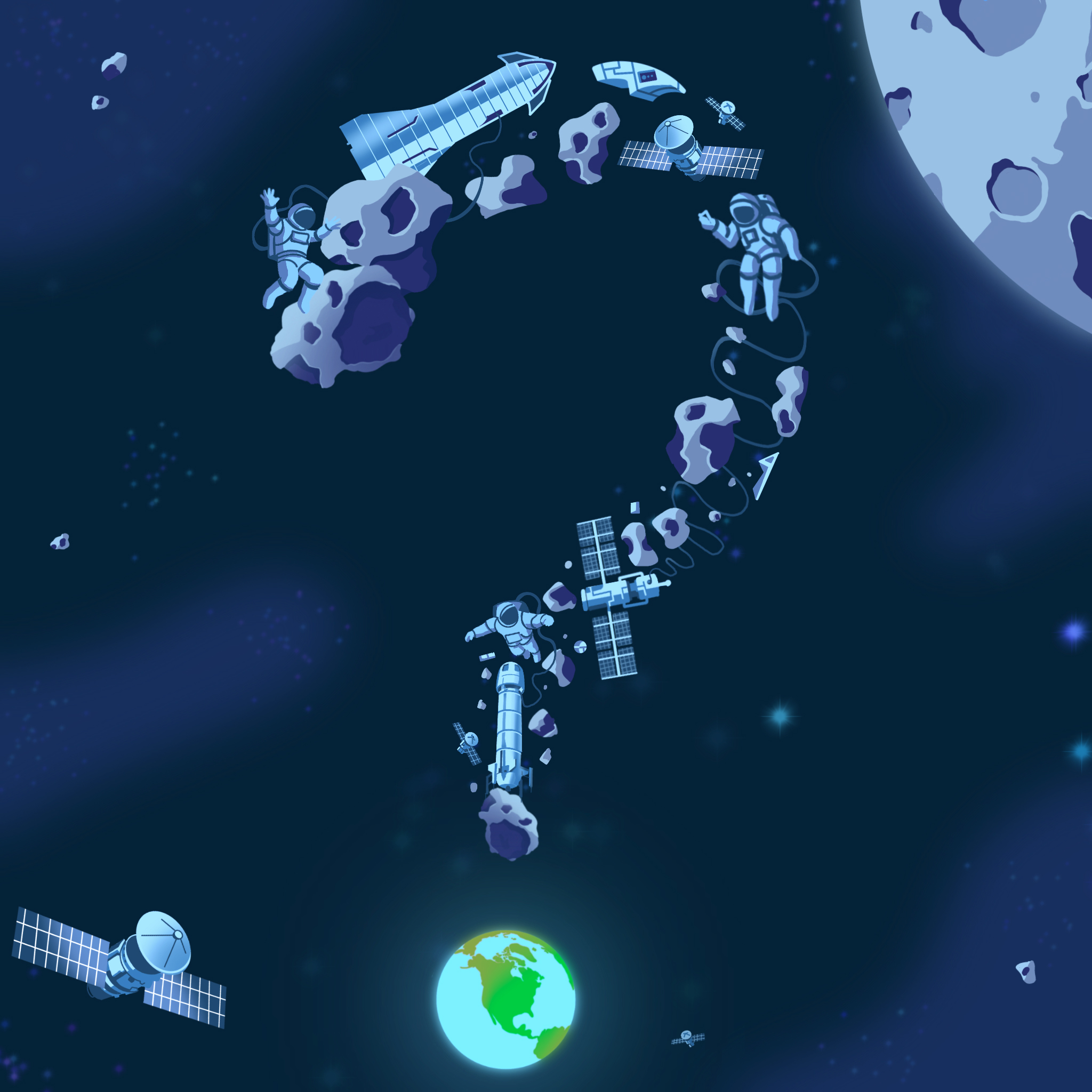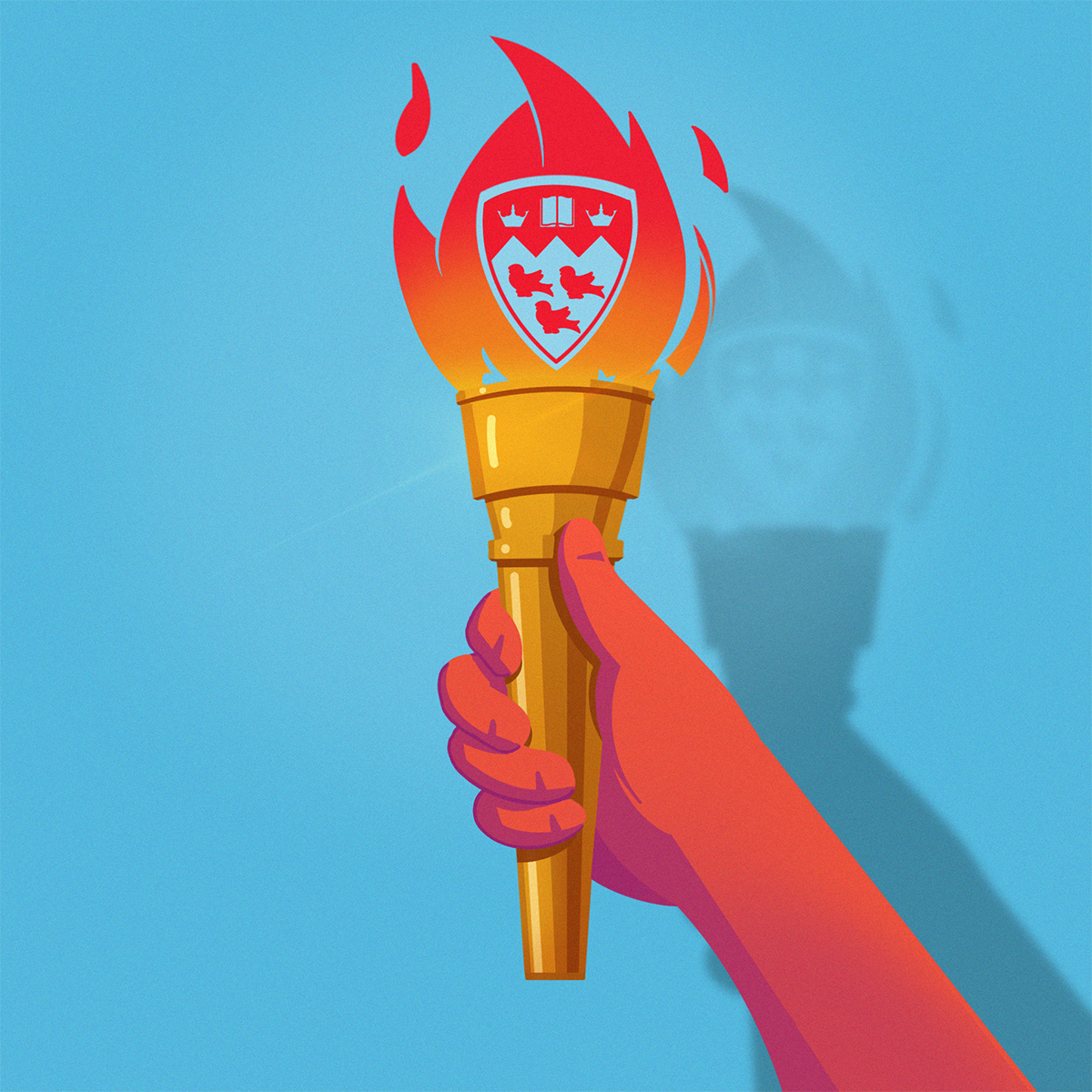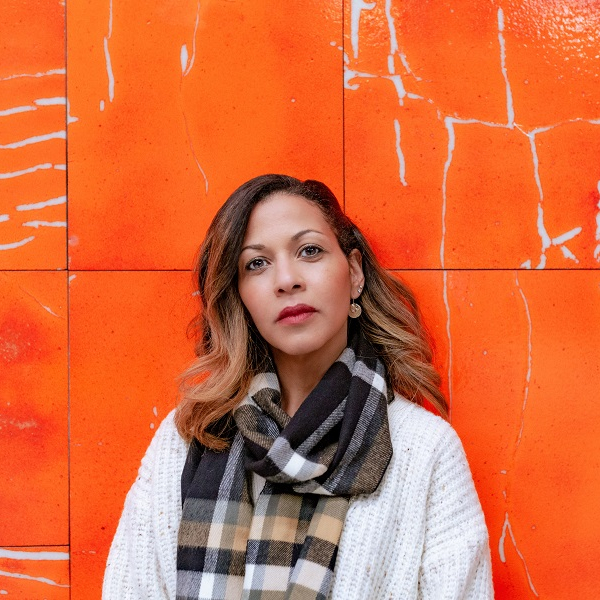Just over a decade ago, in October 2013, a boat packed with hundreds of people from the horn of Africa sank off the coast of Lampedusa, a tiny speck of an Italian island closer to North Africa than Europe.
Three hundred and sixty-eight children, women and men drowned, a tragedy that shook Italy, and set renowned Italian forensic pathologist Cristina Cattaneo, BSc’87, on a lonely mission to provide migrants with the same rights Europeans have: to be identified in death so their loved ones can have closure.
“It’s important for the living, not just for the dignity of the dead,” says Cattaneo who works out of the University of Milan’s Laboratory of Forensic Anthropology and Odontology (LABANOF), which she co-founded in 1995.
In the months that followed the Lampedusa wreck, Cattaneo worked tirelessly to identify the drowning victims, the first time a dedicated team of forensic scientists did so following a migrant shipwreck. They examined clothing and jewellery; ears, moles, scars, tattoos, and dental superimpositions, comparing them to photographs that loved ones sent over Facebook. Many family members who lived in Europe flew to Italy at their own cost to identify remains.
Cattaneo has led investigations into some of the country’s most high-profile murder cases and developed new techniques to help identify marginalized people – the homeless, undocumented workers and sex workers – as well as migrants.
“The objection is always, ‘We have so many emergencies with the living, let’s not waste money on the dead,” she says. “But it costs so little, it’s ridiculous that we’re not doing it routinely.”
A warm, exuberant woman who speaks English with a Canadian accent, Cattaneo was born in the northern Italian region of Piedmont, but spent most of her childhood in Montreal, Labrador, and Nova Scotia, where her father worked as an engineer. She attended high school back in Italy, then returned to Montreal to study biomedical sciences at McGill after her father secretly applied to the University on her behalf.
“[He did it] behind my back,” she says with a laugh, “hoping I’d become a doctor, which I did later.”
Cattaneo believes McGill had an enormous impact on her life.
“McGill taught me how to think,” she says. “I had fantastic professors who opened my mind to hard science, but who also asked questions like, ‘Is there a soul? What is a mind? What is freedom?’ I used to bring my father along to lectures because they were so interesting.”
Those questions lie at the core of her work, both as a forensic scientist and as an advocate for people who are violently exploited in life and discounted in death.
Identifying bodies releases families from what is known as “ambiguous loss,” the anguished and often debilitating emotional limbo of not knowing whether a loved one is alive or dead.
But identification also has practical consequences with profound impacts on people’s lives: providing the proof needed for a death certificate of a father, say, that allows orphaned children to be reunited with relatives in Europe or elsewhere, or of a husband, that frees a wife to remarry.
Still, almost 90 percent of bodies from migrant wrecks are never retrieved. And many that are, remain unclaimed.
Some haunt Cattaneo, like the body of a young teenage boy from Mali who drowned, trapped with hundreds of others in the hull of a migrant boat that sank in the spring of 2015.
“He died with his report card sewn into his jacket, that someone sewed in there for him,” she said. “And we don’t know who he is. We just have his school marks.”
As part of her work in identifying migrants, Cattaneo now collaborates not just with the legal system, but also with human rights experts, constitutionalists, and politicians. Together, a group of them has been pushing for a new European Union law that would require member states to identify the dead, including those retrieved from shipwrecks in the Mediterranean Sea.
Since 2014, when record keeping of missing migrants began, almost 29,000 people have disappeared in the crossing, according to the Missing Migrant Project of the International Organization for Migration.
Cattaneo says for years she stayed away from politics, cognizant of how it can manipulate and distort science for its own purposes. Now, though, she devotes more than a third of her time to advocacy and lobbying on the behalf of migrants.
“This has become more than a scientific battle, it’s become a political battle. I never imagined how science could lead into politics so directly.”
Cristina Cattaneo
“This has become more than a scientific battle,” she said, “it’s become a political battle. I never imagined how science could lead into politics so directly. But people are really, really suffering.”
She is also pressing for the EU to set up information hubs attached to forensic identification centres where the EU police agency Interpol exchanges data globally, to make it easier for relatives of missing migrants to seek or share details of loved ones.
“Most family members from Africa haven’t a clue of where to go,” she said.
More than 10 years after the Lampedusa shipwreck, Cattaneo says she is frustrated at the lack of progress in helping migrants – both in assisting those who make it to Europe alive and in helping identify the bodies of those who don’t.
Her lab in Milan is still the only one in Italy that has a focus on identifying migrants, but its funding, from several universities, religious charities, and a bank foundation, is uncertain.
The rise of far-right, anti-migrant parties in Europe, she says, will make passing a law requiring EU countries to identify those who drown trying to make it there, even harder.
But there has been progress, too: the young people she works with and trains – just as dedicated to humanitarian issues as to science, she says – infuse her work with fresh energy and provide hope that her mission will keep on.
And, she says, there is the deep satisfaction in helping bring peace to a mother, wife, or child when a body is identified.
“You see horrible things in this work,” she says, “but it’s counterbalanced by these amazing gestures of humanity, poor families who do anything to get people home and buried. “Behind very bad things, there are also very good things.”


